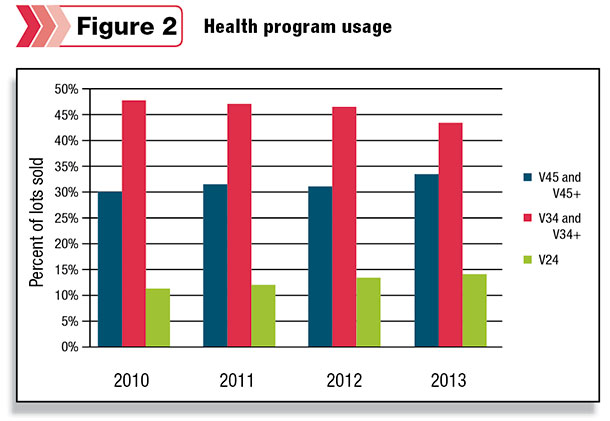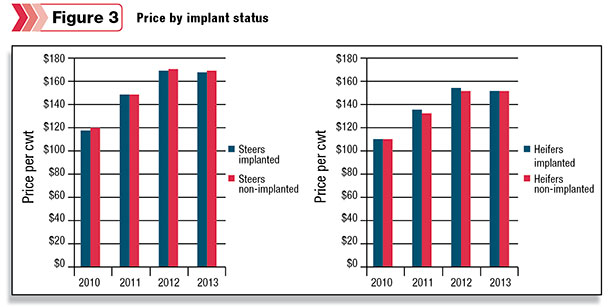Having a solid health program in place is essential for the successful calf producer.
Perhaps the most challenging health event to consider in a calf’s life is the stress and exposure that come with movement from the ranch to the feedlot.
Helping a calf make a smooth transition through this major change is a win-win for both the calf seller and the feedlot buyer, as it presents an opportunity to preserve the health and performance critical to the seller’s reputation and the buyer’s bottom line.
That’s where calf preconditioning comes into play, and while it is not a new topic, it remains an important one.
In today’s beef industry, it is not uncommon for calves to be weaned off the cow, loaded onto trucks, hauled hundreds of miles, unloaded in a new environment, vaccinated and processed, and then commingled with other cattle – all within the same day.
With this level of stress and exposure, it is little wonder so many calves experience serious health challenges soon after arrival at the feedlot, especially respiratory disease. The result is the loss of millions of dollars annually to the beef industry from treatments, deaths and decreased performance.
Lowering your stress
One obvious solution to increase health is by decreasing stress. Spreading out those necessary ranch-to-feedlot events over as much time as possible and practical will significantly reduce the stress level and give calves a fighting chance to adjust successfully.
Ideally, calves should be vaccinated and dewormed three to four weeks before weaning, then re-vaccinated and weaned three weeks or more before shipping.
On arrival at the feedlot, properly vaccinated calves can be introduced to their new surroundings without being processed again.
Spreading out the stress not only decreases the number of calves that get sick, but it also increases the number of calves that respond properly to vaccination. Low stress and the resulting high-immune response to vaccination are key to health and productivity.
Unfortunately, the ideal health scenario outlined above may not be possible or practical for every calf producer. However, a health protocol can be designed for every producer that will meet his or her specific needs and circumstances to give calves the best possible opportunity for good health.
The only way to construct that “ideal” customized health program is by the producer and veterinarian working closely together.
The veterinarian will have the most relevant information about the disease status in the cow herd, the region and the protection needed for the feedlot destination.
He will know which vaccines should be given and the proper timing to maximize results. The producer must analyze his capacity to successfully manage the health proposals and make sure he can execute the plan.
Data and returns
While preconditioning is the right thing to do for calf health and well-being, it does require additional labor, management and expense. The important question for cow-calf operators is whether that additional investment will yield a positive return.
To help answer that question, our company works with Ken Odde, DVM, and Michael King at Kansas State University to collect and analyze data from Superior Livestock Auctions.
This large database identifies which management practices add value to calves offered for sale and quantifies the premium buyers are willing to pay for those practices.
Since healthy calves are more profitable to the buyer, the Superior data verify that weaned and preconditioned calves bring more money than non-vaccinated unweaned calves.

Gains from implants
Beyond vaccinations, another major opportunity each producer should evaluate is the return realized for implanting nursing calves.
Many producers operate under the assumption that implanted calves do not bring the same money as “natural” or non-implanted calves. Superior data confirm that is not the case; there is no significant difference in the price between implanted and non-implanted calves.
The current financial gain from using implants can be estimated at about $32 per head (based on an additional 20 pounds of weaning weight).

Currently only about 33 percent of Superior sale calves are implanted, so a huge opportunity exists for more producers to take advantage of that practice with no price penalty.
In the end, value-added management practices can add significant value to calf sales. Depending on the combination of processes, the added value of preconditioning, weaning, parasite control, implants and veterinary certification can add $25 to $100 per head to the cow-calf producer’s bottom line.
Consulting with your veterinarian is the best way to develop your value-added plan for 2014. ![]()

Kevin Hill
Technical Services Veterinarian
Merck Animal Health








